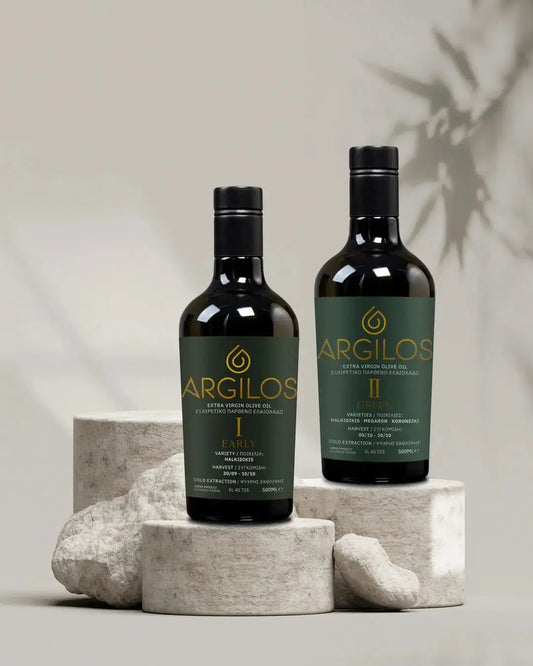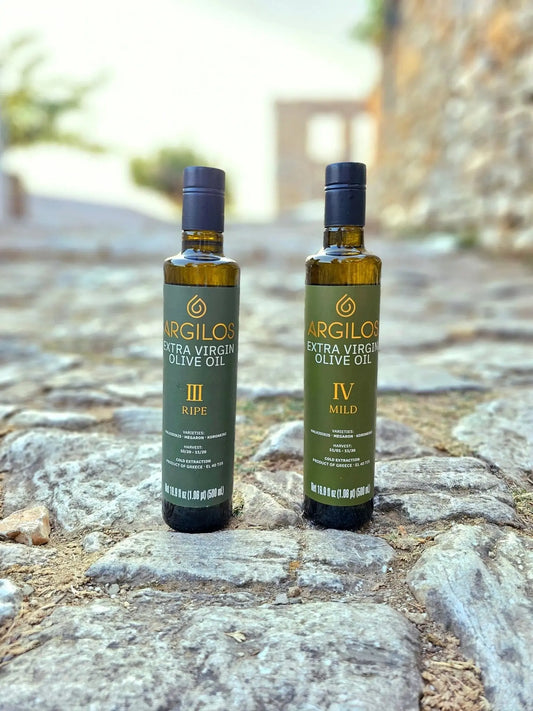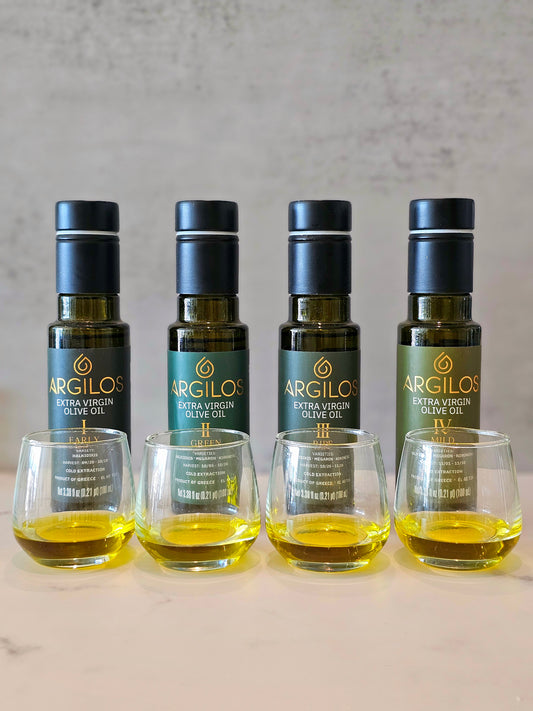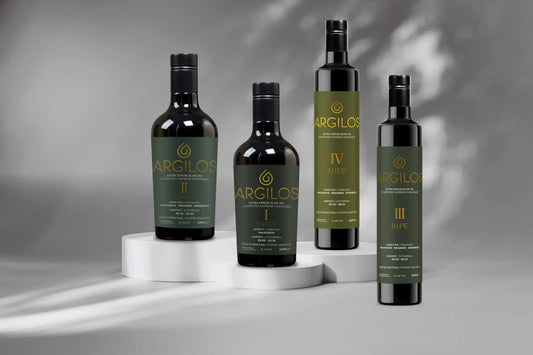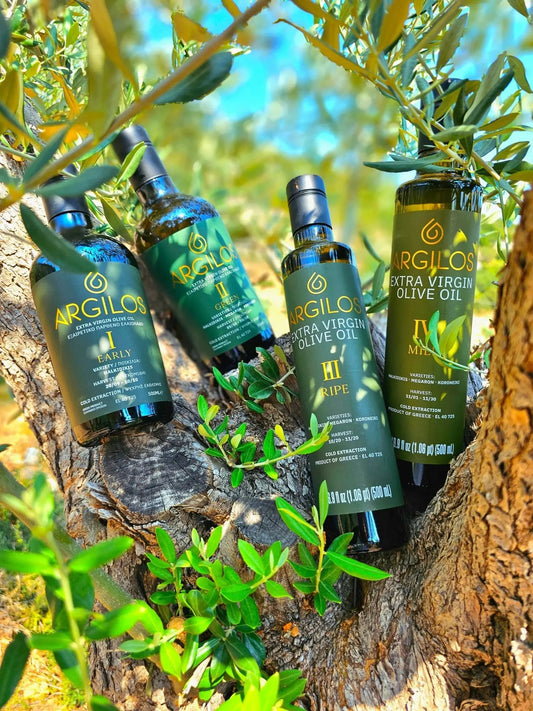Global Olive Oil Consumption Trends
Olive oil consumption has experienced remarkable growth worldwide, with global consumption reaching approximately 3.2 million metric tons annually. The Mediterranean region continues to dominate consumption patterns, accounting for nearly 60% of worldwide usage.
Top Consuming Countries
Spain leads global consumption with over 500,000 metric tons per year, followed by Italy (approximately 480,000 metric tons) and Greece (130,000 metric tons). The United States has emerged as the fourth-largest consumer, with consumption exceeding 350,000 metric tons annually.
Source: International Olive Council (IOC), 2024 Market Report
Per Capita Consumption: A Different Perspective
While total consumption figures reveal the largest markets, per capita consumption tells a more nuanced story about olive oil's cultural integration and dietary importance. Greece dominates per capita consumption with an impressive 12-13 liters per person annually, reflecting the deep-rooted Mediterranean diet tradition. Spain follows closely with 10-11 liters per capita, while Italy consumes approximately 9-10 liters per person each year.
In contrast, despite being the fourth-largest consumer by volume, the United States averages only 1 liter per capita annually, highlighting significant growth potential. Emerging markets like China and Japan show even lower per capita rates (0.05-0.1 liters), but their massive populations mean even small increases in individual consumption translate to substantial market growth.
Source: International Olive Council Per Capita Consumption Data, 2024
Rising Demand in Non-Traditional Markets
Emerging markets in Asia, particularly China, Japan, and South Korea, have shown exponential growth in olive oil consumption. China's consumption has increased by over 300% in the past decade, driven by growing health awareness and rising middle-class purchasing power.
Health Benefits Driving Consumption
The surge in olive oil consumption is largely attributed to its well-documented health benefits. Rich in monounsaturated fatty acids and antioxidants, extra virgin olive oil has been linked to:
- Reduced risk of cardiovascular disease
- Anti-inflammatory properties
- Improved cognitive function
- Better metabolic health
Source: Harvard School of Public Health, Mediterranean Diet Studies 2023
Quality and Authenticity Concerns
As demand increases, so do concerns about olive oil quality and authenticity. Consumers are becoming more educated about the differences between extra virgin, virgin, and refined olive oils. The premium segment, particularly Greek extra virgin olive oil, has seen significant growth due to its superior quality and traditional production methods.
The Greek Advantage
Greek olive oil, particularly from regions like Crete and the Peloponnese, is renowned for its exceptional quality, low acidity levels, and rich polyphenol content. Greek producers maintain traditional harvesting methods and strict quality controls, resulting in some of the world's finest extra virgin olive oils.
Source: European Commission Agricultural Report, 2024
Sustainability and Future Outlook
The olive oil industry faces challenges related to climate change, water scarcity, and sustainable farming practices. However, innovations in cultivation techniques and growing consumer preference for organic and sustainably produced oils present opportunities for growth.
Market analysts project global olive oil consumption to reach 3.8 million metric tons by 2030, with the premium extra virgin segment growing at the fastest rate.
Source: Global Olive Oil Market Analysis, 2024-2030 Forecast


